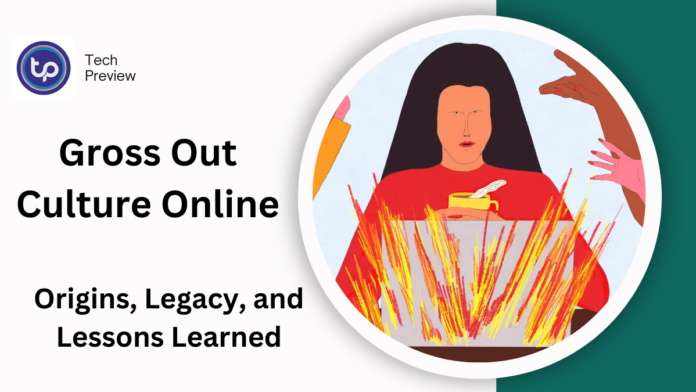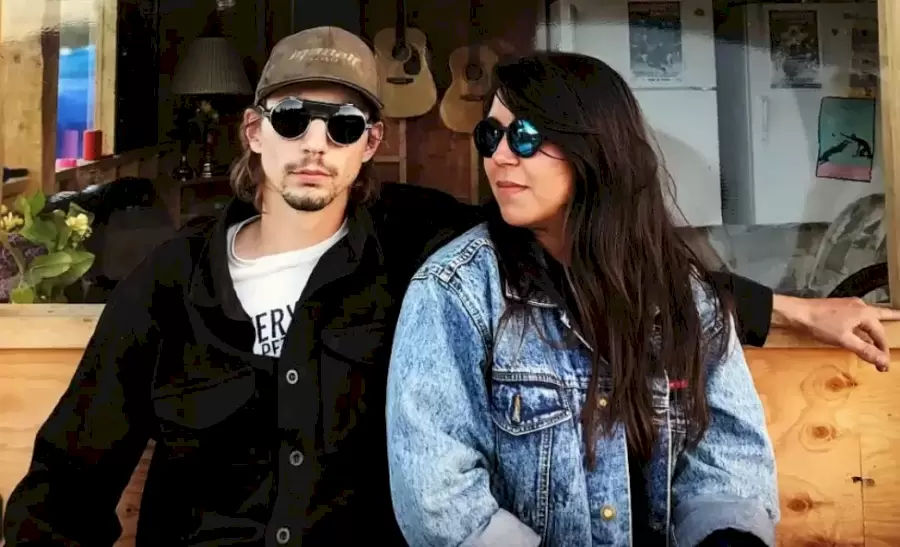In the mid-1990s, a significant shift occurred in the digital landscape, shaping how the internet’s darker side would evolve.
The U.S. government’s attempts to regulate online content inadvertently fueled a burgeoning culture of shock and disgust that defined early web culture.
From the creation of shocking websites to viral gross-out phenomena, this era showcased the web’s raw and unfiltered potential. Let’s dive into the roots of this culture and its surprising consequences.
The Communications Decency Act: Catalyst for Shock Culture
In 1996, the U.S. Congress passed the Communications Decency Act (CDA), aiming to protect minors from exposure to indecent material online. The CDA prohibited displaying “patently offensive” content on interactive platforms.
However, this move was perceived by some as an attack on free speech and creativity. Instead of quelling inappropriate content, the legislation motivated a group of rebellious internet users to push boundaries, leading to the creation of sites like Rotten.com, a pioneer in gross-out web culture.
ALSO READ: Geekzilla Radio: Connecting Fans Worldwide Through Geek Culture
Rotten.com curated grotesque and controversial content, ranging from graphic crime scene photos to bizarre fetish material. Here are some key aspects of Rotten’s impact:
| Aspect | Description |
| Content | Graphic imagery sourced from obscure archives |
| Audience Reaction | Curiosity-driven exploration; widespread condemnation |
| Cultural Significance | Symbolized the internet’s uncensored and rebellious spirit |
| Rotten’s ability to disgust and shock stemmed from its context-shifting nature. It took obscure, niche content and placed it front and center for a wider audience, making it impossible to ignore. |
The Emergence of Goatse: A Trolling Icon
One of the internet’s most infamous images, Goatse, emerged as a symbol of this growing gross-out culture. Initially discovered in pornographic Usenet groups, the image depicted an individual performing an extreme physical act.
A hacker collective known as the Hick Crew found the image amusing and began sharing it in spaces like Christian chatrooms, where it was guaranteed to provoke outrage. By 1999, the photo was hosted on a dedicated website, Goatse.cx. Key points about Goatse’s rise:
- Origins: Initially circulated within niche online communities.
- Prank Culture: Became a proto-meme where users tricked others into viewing it.
- Symbolism: Represented the shock-value humor of early internet culture. The practice of “Goatse-ing” others became a rite of passage for internet insiders, creating a sense of exclusivity among those who could handle its shock factor. This subculture’s allure lay in its ability to blend humor, rebellion, and taboo-breaking.
Shock Sites Expand: A New Genre Takes Shape
Following Goatse’s success, the early 2000s saw an explosion of similar websites, each vying to outdo the other in shock value. Platforms like Lemonparty.org, Tubgirl.com, and Meatspin.com capitalized on the internet’s fascination with the grotesque.
Unlike mainstream media, these websites thrived on their lack of regulation and unfiltered approach. Comparing Early Shock Sites:
| Site | Core Content | Impact |
| Lemonparty | Elderly individuals in explicit acts | Popular prank for shock reactions |
| Tubgirl | Graphic and bizarre bodily imagery | Sparked outrage and fascination |
| Meatspin | Looped explicit animations | Known for targeted pranks |
| These shock sites reinforced the idea that the internet was a space for anything-goes experimentation, where the gross and absurd found their audience. |
Viral Gross-Out Content Enters the Mainstream
The gross-out culture reached a new level of prominence with the viral sensation “2 Girls 1 Cup” in 2007. This video, infamous for its explicit and disturbing nature, spread like wildfire, thanks to reaction videos posted across platforms like YouTube.
Unlike earlier shock content, this phenomenon brought together people from all walks of life—from celebrities to grandparents—who shared their horrified expressions online. Why “2 Girls 1 Cup” Stood Out:
- It was both shocking and participatory; people didn’t just watch it—they shared their reactions.
- The video’s widespread attention signaled that the appetite for outrageous content had transcended niche communities.
- Mainstream platforms like YouTube helped gross-out culture become more accessible and inclusive. For weeks, the internet was abuzz with discussions about the video, cementing its place as a cultural moment.
Gross-Out Culture’s Legacy and Decline
Although gross-out websites and content have faded in prominence, their impact on internet culture is undeniable. They paved the way for today’s viral trends, memes, and even prank culture. However, the rise of social media and content moderation policies has largely curtailed the prominence of such explicit material. Key legacies include:
- Meme Evolution: Shock images like Goatse served as precursors to modern internet memes.
- Community Bonding: Sharing reactions to gross-out content became a way for users to connect.
- Cultural Commentary: These sites challenged societal norms and provoked debates about censorship and free expression.
Conclusion
The rise of the internet’s gross-out culture illustrates the unintended consequences of attempts to regulate the digital space. While efforts like the CDA sought to create a cleaner online environment, they inadvertently sparked a countercultural movement that celebrated the bizarre and the shocking. From Rotten.com to Goatse and beyond, these moments defined the early internet’s chaotic and boundary-pushing ethos. Today, while the gross-out era has largely passed, its influence remains visible in the humor, memes, and viral sensations that continue to shape online communities.
People May Ask
1. What sparked the rise of gross-out culture online?
The passage of the Communications Decency Act in 1996, which aimed to regulate online obscenity, inadvertently motivated users to rebel by creating and sharing shocking content.
2. What is Goatse, and why is it significant?
Goatse is an infamous shock image that became a cultural symbol of early internet trolling and gross-out humor.
They brought gross-out content into the mainstream, fostering participatory trends like reaction videos and broadening the audience for shock content.
4. Are shock sites still prevalent today?
While traditional shock sites are less common due to increased moderation, their legacy lives on in modern meme culture and internet pranks.
5. What lessons can be learned from the gross-out era?
The era highlights the internet’s capacity for both creativity and controversy, as well as the unintended consequences of censorship efforts.
Click here to learn more.








